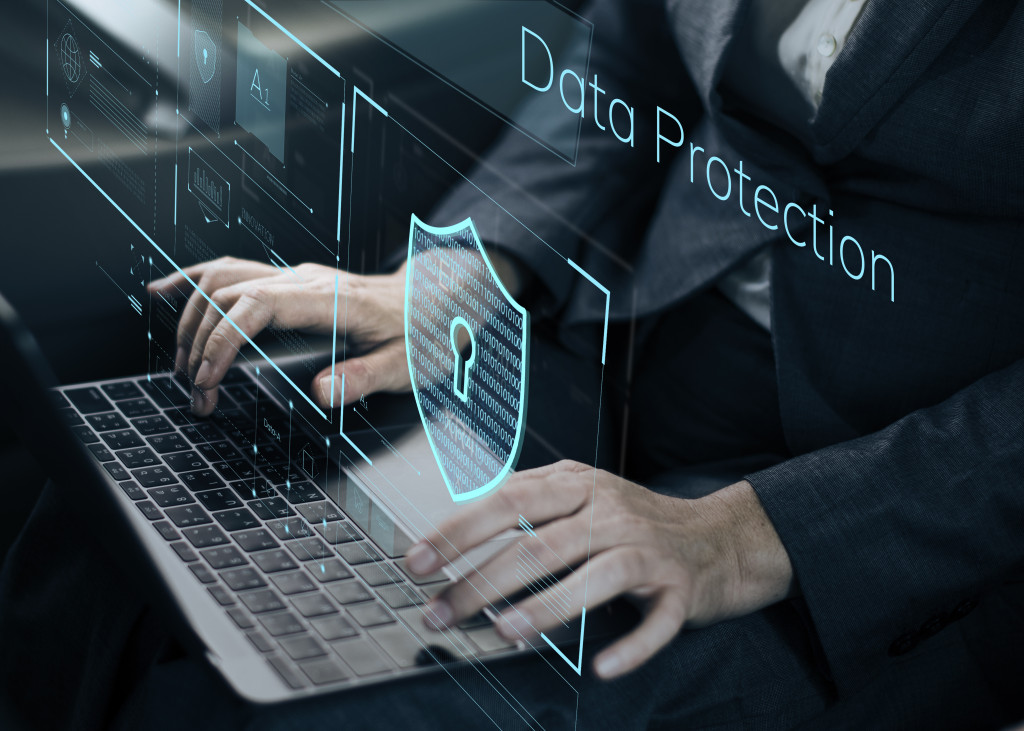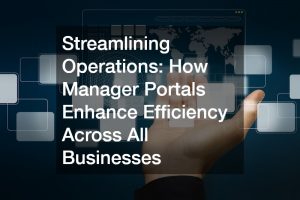- Train staff in cybersecurity best practices to ensure proper detection and mitigation strategies when dealing with malicious incidents.
- Leverage resources from internal and external sources to protect sensitive information and integrate security into business operations.
- Develop access controls that limit who has access to particular components and establish identity management tools like multi-factor authentication.
- Establish monitoring systems to detect attempts at unauthorized access or malicious activity in the business space.
As the world rapidly transitions to an increasingly digital landscape, businesses must adopt robust security and risk management strategies. Securing your company in this new age requires attention and expertise, but thankfully there are best practices you can leverage to ensure your success. This article will discuss the essential elements of fortifying your business in the digital era.
Understanding the Risk Environment
Successfully managing risk in the digital age requires a deep understanding of the environment and potential threats. Without a clear picture of how vulnerabilities can arise, you won’t be able to implement the proper security measures and strategies. To start, here are a few steps to get ahead of the curve:
Identifying Your Assets
To effectively protect your business, you must have an accurate inventory of all your assets. This includes hardware such as servers, laptops, and smartphones; software such as databases and applications; and data such as customer records or confidential information. Identifying and classifying these components will help you establish controls for protecting them from threats.
Assessing Your Vulnerabilities
Once you’ve identified your assets, it’s time to assess their vulnerabilities. This will involve examining your operations’ technical and non-technical aspects, such as employee training, access controls, and cyber hygiene. Identifying any weak points in your system can help you put the right security measures and safeguards in place to protect them.
Developing a Secure System
After understanding the risk landscape and assessing potential vulnerabilities in your digital assets, the next step is developing a secure system to mitigate those risks while allowing for productive operations within your organization. This involves establishing access controls that limit who has access to particular components as well as monitoring systems that detect attempts at unauthorized access or malicious activity in the business space.
Establishing Robust Access Controls
Access controls should be established based on role-based security policies. This dictates what areas (both physical and virtual) users have permission to access within the organization and setting up identity management tools like multi-factor authentication that verify user credentials before granting them access rights within the system architecture. It’s also important to monitor user activity for any unauthorized activities that could put your company at risk for a breach or other malicious attack.
Proactively Monitoring Threats
To ensure ongoing safety within your business, regularly scan for potential threats before they become an issue. You can do so by utilizing automated security solutions like antivirus programs and malware scanners and employing penetration testing approaches. These simulate real-world attacks from outside hackers attempting to gain entry into restricted areas of security infrastructure.

Training Staff
Additionally, having staff trained in cybersecurity best practices is critical for proper detection and mitigation strategies when dealing with malicious incidents when they happen instead of simply reacting after it’s too late. This way, your staff will know the warning signs and learn to respond swiftly and appropriately.
Detecting Physical Risks
In the physical setting, there can be more risks of data loss or theft, as well as physical threats to the safety of your workers. These can range from fire safety and air quality problems to security breaches and theft.
You can prepare for these risks by working closely with experienced inspectors. Suppose you’re concerned about people spying on your facility with confidential information. This can come in the form of hidden cameras, audio bugs, and other intrusive equipment. In that case, consider hiring specialists that offer professional bug-sweeping services that can detect any type of illegal recording device. This way, your company will be safe from any potential information leaks.

Integrating Security Into Business Operations
Making security an integral part of your business operations is the key to thwarting potential cyberattacks. This will help ensure that sensitive information is kept securely and that all staff members know the potential risks in their online activities.
Leveraging Internal/External Resources
When considering integrating security into operations, developing contingency plans for different scenarios is essential. It’s also important to leverage the resources available from internal and external sources, including hardware solutions such as firewalls, antivirus software, and encryption tools.
There are many ways to secure your business in the digital era effectively. By following the above steps, you’ll be better prepared to identify potential risks and protect your organization from malicious actors. With the right strategies in place, you can reduce potential risks and keep your business safe from threats.




